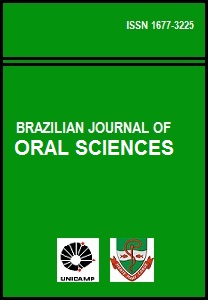Abstract
Aim: The use of health services is a complex behavior and results from a series of determinants that includes the users’ social and demographic characteristics. The current survey interprets the social and demographic profile of Unified Health System (UHS; SUS in Portuguese) users from Pelotas RS Brazil, which was conducted by interviews with 333 users from five Health Basic Units (HBUs). Methods: The social and demographic characterization was deployed by the variables sex, age, occupation, city/town or district of origin, number of family members, use of continuous medication, diseases and family income. Results: HBU users were mostly women (82.4%), within the 30-40-year-old age range (21.4%), housewives (36.3%) from Pelotas (96.2%) and from the district of Fragata (26.1%). Families of users comprise mostly two to four members (66.6%), with an income of one to two minimum wages (66.2%). Fifty-one percent of the interviewees do not use continuous medication, while hypertension was the most cited disease (51.8%). Conclusions: An understanding of HBU users’ characteristics and their associated social and demographic context may contribute towards a better reception and may confirm the UHS contribution towards universality and equality of public health care.The Brazilian Journal of Oral Sciences uses the Creative Commons license (CC), thus preserving the integrity of the articles in an open access environment.
Downloads
Download data is not yet available.

